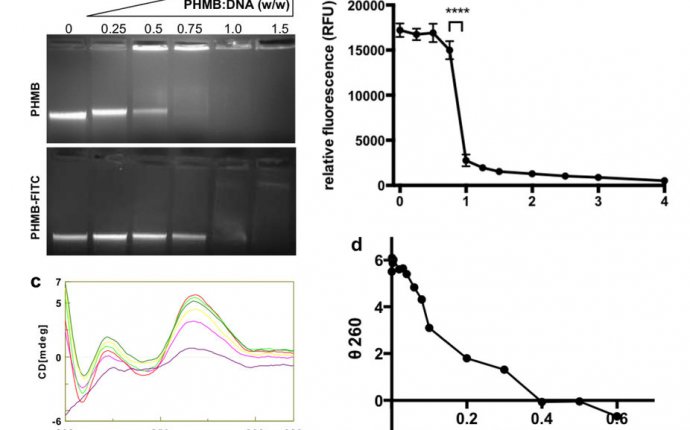
Bacterial Chromosomal DNA
To isolate plasmid DNA, you crack your cells open and perform a miniprep, trying hard to avoid contaminating genomic DNA. For genomic DNA, you crack your cells open in a different way and try to isolate as much of the contents as possible.
So what’s the difference in the protocols?
In this article, we will look at plasmid and genomic DNA extraction, and the ways in which these techniques differ.
1. Lysis: Just Crack Them Open
Genomic DNA (gDNA) extraction is the simpler procedure because strong lysis is the only step necessary to release gDNA into solution. For yeast, plants and bacteria, lysis involves enzymatically breaking the strong, rigid cell wall before mechanically disrupting the plasma membrane.
Cell walls are usually digestible with lysozyme, which hydrolyzes cell wall peptidoglycans, and the serine protease proteinase K. For certain gram-positive species, lysostaphin will further aid enzymatic digestion. You may need to use different enzymes for more exotic species with different cell wall compositions.
Mechanical cell wall disruption represents a more universal lysis method for gDNA extraction. Bead beating is popular, and you can easily do this on a vortex using 0.1 mm glass beads or 0.15 mm fine garnet beads. Special vortex adapters help with performing multiple extractions at the same time with equal efficiency. Bead beating is faster than enzymatic lysis and generally more thorough.
For tough filamentous fungi (e.g. Aspergillus and Fusarium spp.), cellular material is often snap-frozen in liquid nitrogen and milled in a pestle and mortar followed by rapid vortexing in solution with an appropriate lysis buffer.
2. … and purify
Following cell lysis which brings the gDNA into solution, the only thing left to do is to purify the sample. You can do this by using phenol-chloroform or spin filter membrane technology with added guanidine salts that promote binding to silica.
3. A few words of advice
Chromosomes will break during purification because they are simply too large to stay intact, and for most applications this is not an issue. For PCR and qPCR, the breakage may actually be advantageous because it aids DNA melting, resulting in more efficient amplification reactions. However, for applications using large DNA fragments, e.g. long read sequencing and long range sequencing, this may be a serious issue. If you do need to isolate ultra-long DNA fragments for these applications, you should consider another setup – for example the recently developed SageHLS Platform from Sage Science.



